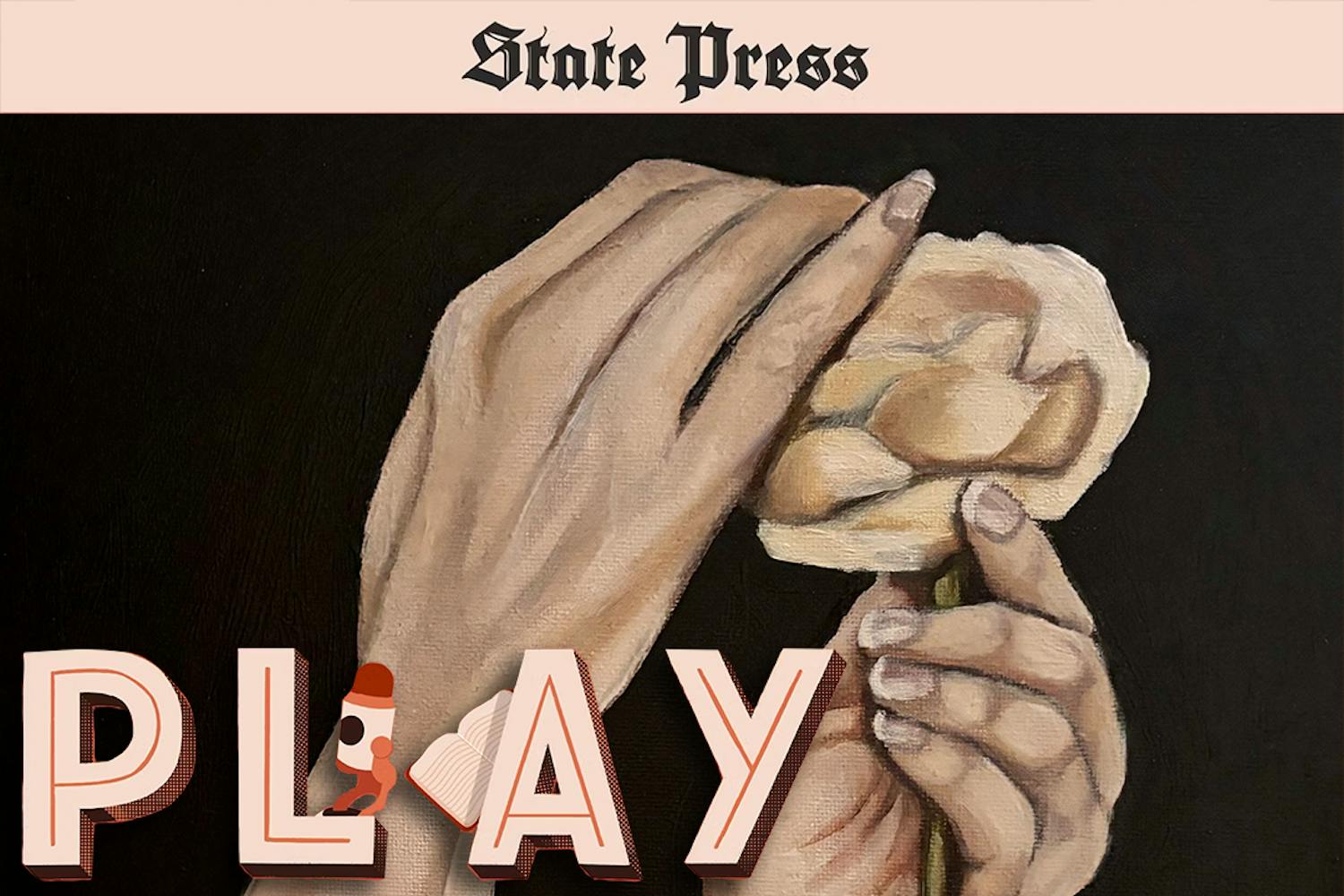BAGHDAD, Iraq - Marines swept into Baghdad on Wednesday, seizing land, storming the homes of top Iraqi officials and discovering a capital city divided between those who embrace U.S. forces and those still fighting them.
Racing in from the capital's southeastern edge, a heavily armed convoy of more than 1,000 Marines encountered snipers and machine-gun fire on some blocks and cheering crowds on others.
Led by 70-ton tanks, the 1st Battalion of the 7th Marine Regiment stormed west on a six-lane boulevard toward the main campus of the University of Baghdad. The maneuver was part of a coordinated assault that included two other Marine battalions pushing in from the east at the same time, in what commanders described as an effort to drive "a stake through the heart" of the Iraqi resistance.
After days of inching toward the capital, the Marines' final push was swift and sudden.
"We're going fast because we're trying to exploit a window of opportunity," Maj. Dan Healey told his lieutenants before setting off. "Right now, it appears to be wide open. It might not be that way tomorrow."
He warned his platoon leaders, "You can be hit anywhere at any time, so (you) need to be ready for a 360-degree, three-dimensional threat." In the capital, the 1st Battalion split into two groups. One company of Marines raided one of Saddam Hussein's presidential palaces and, later, the home of Deputy Prime Minister Tariq Aziz, removing documents, computers and other items. Another company headed on to the university campus, where it became involved in a firefight with snipers perched in administrative buildings and fighters firing machine guns from pickup trucks.
The four-story Aziz home and the five-building complex that makes up the presidential palace were undefended and all but abandoned, officers said.
"It looked like (Aziz) left a week ago. There were sheets on the chairs like when someone goes on vacation," said Lt. Kohtara Terahira, the 1st Battalion's intelligence officer.
The operation began at 3 p.m., when the convoy of amphibious assault vehicles, tanks and Humvees rolled out of an industrial complex on the southeastern outskirts of Baghdad.
Within minutes, as it passed through a sparse area of unfinished homes, the Marine force began taking fire from a sniper in one of the surrounding buildings.
The vehicles scrambled into defensive formation as rifle shots cracked overhead and bullets skidded off the metal hatch over the head of Amtrac driver Brian Whalen, 21. Marines found the sniper on the top floor of a tan brick building beside a soccer field and launched a barrage of fire. The sniper fell silent.
Marines had been advised to watch out particularly for car bombers and Baghdad police officers.
"Local police are said to be reporting on our movements and handing out RPGs to the population," Healey said. "Baghdad police have been declared hostile and are to be engaged or destroyed unless they surrender.
"As always, if fired upon, we are to return with heavy, accurate fire," Healey said.
The convoy rumbled along at 20 miles an hour. Other cars on the road pulled aside, and many drivers got out to wave white flags. A white sedan that did not promptly move out of the way was shot in the rear window and screeched to a halt.
Heading deeper into the city, Marines passed through acres of deserted Iraqi army barracks and miles of shuttered storefronts. Murals and mosaics of Saddam Hussein were scarred with gunfire and graffiti, some in English, some in Arabic. The roads were largely free of vehicles, except for those full of furniture, electronics and other items, in what appeared to be brazen and widespread looting.
At Baghdad Technical College, a stream of people could be seen leaving a central building pushing carts and wheelbarrows laden with refrigerators, kitchen furniture and other items. Nearby, a group of young men waved to the Marine convoy while unloading a tractor-trailer and handing the boxed contents to a small crowd of onlookers.
Turning off onto a narrower street, the Marines passed sidewalks and balconies packed with waving Iraqis. Elderly men blew kisses, and reached toward the heavens. Children jumped up and down, clapping their hands. Women in black abayas waved palm branches.
The reception came as a surprise to many of the Marines, who had steeled themselves for a bloody ride into the capital.
"I always expect the worst," said Sgt. Todd Barton, 21, of Hudson Falls, N.Y. "I had heard before we came in that people were cheering and they were all happy that we were overrunning the city. But I didn't expect that they would be handing out flowers."
But no sooner had the Marine force turned into the entrance of the university campus than the cracks of sniper fire again split the air. Just past the statue of Saddam in cap-and-gown, the bright muzzle flashes of at least two rifles could be seen against the black glass of the main campus high-rise.
The Marines returned fire in force, unleashing their 50-caliber machine guns at the 20-story building. Infantrymen poured out of the back of the armored vehicles as two M1 Abrams tanks moved into position. They fired two ear-splitting cannon shots that left the building in flames for hours.
The campus, situated in an oxbow of the Tigris River, was dotted with scores of sandbagged bunker positions and more than a dozen pickup trucks equipped with missile launchers, machine guns and anti-aircraft guns. Marines destroyed nearly all of the vehicles. They also destroyed arms caches, producing a chain of explosions that lasted more than an hour.
By nightfall, the campus was firmly in U.S. control. But the last chaotic hours of their 19-day trek to the capital left many Marines struggling to decide whether they had been greeted warmly or not.
"I was totally surprised by everyone's reaction when we came through town - waving and all that," said Greg Serdynski, 22, a Navy corpsman from Gulfport, Miss. "But then we get here and they're shooting at us again. I don't get it."
© 2003, Chicago Tribune.
Visit the Chicago Tribune on the Internet at http://www.chicago.tribune.com/
Distributed by Knight Ridder/Tribune Information Services.



